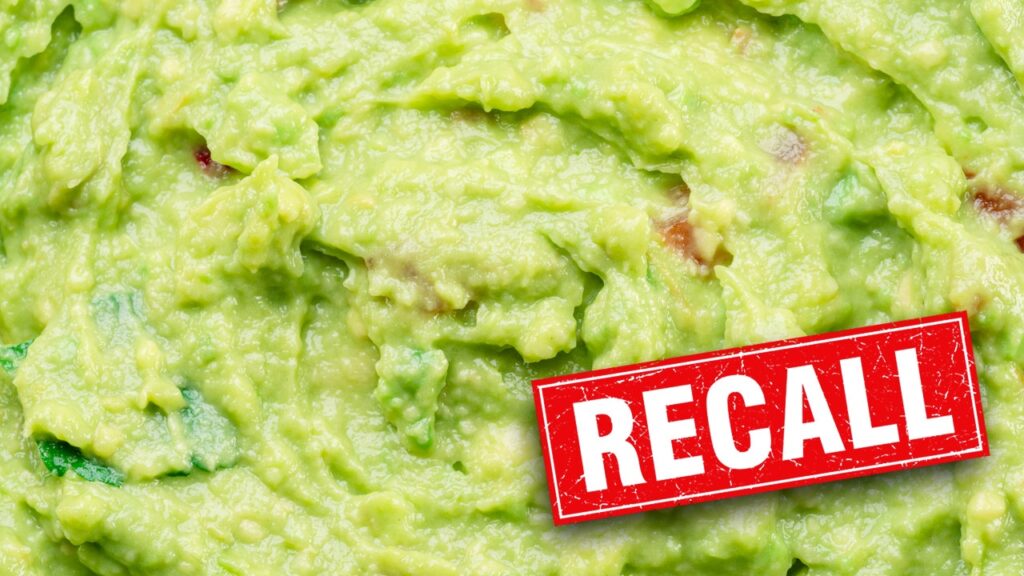:max_bytes(150000):strip_icc():format(jpeg)/HowtoCloseaCheckingAccount-72aa49e1f16141faab4813944f50d8de.jpg)
Depending on your bank, you may be able to close a checking account by making a request online, over the phone, or in person at a branch.
Whether you’ve moved to a new state or simply found a bank with better features, you should take several steps before closing your checking account to switch your direct deposits and automatic bill payments from your old account to your new one.
Here’s a closer look at how to close a checking account so you can say goodbye to your old bank.
Key Takeaways
- Before closing a checking account, update any scheduled or recurring payments and deposits with your new bank account details.
- Depending on your bank, you may be able to close your account over the phone, online, or in person at a branch.
- Consider account fees, interest rates, and customer service options when choosing a new checking account.
- Save your final checking account statement in your records as proof that you withdrew your remaining balance and closed your account.
How to Close a Checking Account in 5 Steps
Before you close your checking account, take a few key steps to help ease the transition to your new bank.
1. Open a New Checking Account
Having a checking account is the most convenient way to get paid and pay bills, so make sure to open a new account before you close your current one. Compare features such as account fees and minimum balance requirements when choosing your next account. You can often open a checking account online by filling out forms, providing identification and proof of address, and depositing some money, although many accounts don’t have minimum opening or ongoing balance requirements.
2. Move Your Scheduled Payments and Deposits
Your next step is to move any recurring payments and deposits to and from your old checking account to your new one. On the deposit side, that often means updating your direct deposit information with organizations that pay you, such as your employer and the government (for government benefits and tax refunds).
On the payment side, it means providing new information to companies that take pre-authorized or automatic payments from your account, such as your utility company or credit card issuer. This step is key to helping you avoid missing payments and being charged late fees. Review your checking account statement over the past several months, and make a list of any automatic transactions you find. Consider whether you’ve scheduled any upcoming bills using pre-authorized payments, too.
3. Transfer Money Out of Your Account
Once you’ve updated all your recurring and upcoming transactions to use your new account, you can transfer money from your old checking account to your new one. You have a few options for transferring the money, including:
- Making an online transfer, such as through Zelle (or an ACH transfer)
- Getting a cashier’s check from your old bank and depositing it at your new one
- Writing a personal check to yourself and depositing it into your new account
- Withdrawing your balance in cash and depositing it into your new account
You might want to keep some money in your old account for a few months to see if you forgot about any pre-authorized transactions. This strategy will help you avoid insufficient funds or late fees if you accidentally overlook a scheduled payment.
4. Contact Your Bank to Close Your Account
Once you’ve transferred all your recurring transactions and brought your account balance down to zero, you’re ready to close your account. Closing your account usually only takes a few minutes, and you can often complete the process online, over the phone with customer service, or in person at your local branch. Check with your bank for its guidelines around closing your checking account.
5. Hold Onto Your Final Statement
Ask your bank to give you a final statement and written confirmation that your account has been closed. Your final statement should show that you’ve withdrawn all the money from your checking account. Hold onto this statement in case any issues come up.
Considerations When Closing a Checking Account
As mentioned, when closing a checking account it’s important to make sure you’ve updated your information with anyone who takes payments from that account, whether those payments are scheduled or when you make purchases. Some places you may need to update your information include:
- Online shopping sites like Amazon
- Utility companies, such as your internet or cell phone service provider
- Subscription companies, like streaming services or food delivery apps
- Payment apps, like Venmo or PayPal
Along similar lines, make sure that anyone who sends you direct deposits has your new checking account information. This could include your employer, freelance clients, or the government, which deposits benefits like Social Security.
If you have other accounts at that institution, consider whether you want to keep them open. If you’ll rack up account fees for inactivity, for instance, you’ll be better off switching all your banking over to your new institution.
Keep in mind that the process for closing a checking account will vary by institution. Check with your bank to learn the specific steps to close your account.
Why You Might Need to Close a Checking Account
There are several reasons why you might want or need to close a checking account. Here are some of the main situations.
You’re Moving
You may appreciate the convenience of visiting your bank in person or having several in-network ATMs nearby. If you’re moving and your current bank doesn’t have locations in your new area, that may be a reason to switch.
You Want to Avoid Fees
You may want to close your checking account to switch to a bank that charges lower (or no) fees. If your current bank charges monthly maintenance fees or doesn’t reimburse you for out-of-network ATM fees, you may prefer to close your checking account and start banking elsewhere.
You Found a Better Interest Rate
Checking accounts don’t usually earn a lot of interest, but some high-yield checking accounts do exist.
Or, you might have found a new bank with a better high-yield savings account, and it would be more convenient to switch all your accounts to keep everything together. Keeping your checking and savings accounts with the same institution makes it easier to transfer money between the two.
You’ve Had a Subpar Experience With Your Current Bank
Customer service can make or break your experience with a bank. If your current bank is hard to reach or has been unhelpful about your concerns, you may want to close your checking account and open one with a bank that offers better customer support. You might also be considering leaving banks entirely and joining a credit union instead.
Frequently Asked Questions (FAQs)
Can I Close My Checking Account Online?
Whether or not you can close your checking account online will depend on your bank. Some banks let you close your account online by filling out a form or chatting with customer service. Others require you to call customer service, close your account in person, or submit a written request. Read your deposit agreement or contact your bank to learn more.
Can I Close a Checking Account That’s Overdrawn?
Most banks require you to pay off a negative balance before closing a checking account. If a bank closes an overdrawn account, it might report the overdraft to ChexSystems. Negative marks on your ChexSystems report could make it difficult to qualify for a new checking account. In some cases, a bank might send the unpaid amount to a collections agency, which would pursue repayment and report the collections to the credit bureaus, which can damage your credit score quite a bit.
What Should I Look for in a New Bank?
Factors to consider when choosing a new bank include:
- Account fees: Some banks charge monthly account fees or waive them in return for maintaining a minimum balance or conducting a certain number of transactions each month, while others don’t charge account fees.
- Interest: While the interest earned on checking accounts is usually nominal, some banks offer better APYs than others, and some accounts offer fairly high rates.
- Sign-up bonuses: Some banks offer welcome bonuses to new customers. You may have to set up direct deposits of a certain amount to qualify.
- ATM network: Find out if in-network ATMs are nearby and accessible. Some banks offer reimbursement for out-of-network ATM fees.
- Type of bank: Consider whether you prefer a large national bank, small community bank, online bank, or credit union.
- Digital banking options: When choosing a new bank, you might also prioritize user-friendly digital and mobile banking features.
- Customer service: Look over the bank’s customer service channels, such as email, phone, or web chat. You can also read reviews to see what other customers have to say about their banking experience, but remember that many banks have relatively poor customer reviews, and unhappy customers are more likely to leave reviews than happy customers.
How Do I Close a Joint Checking Account?
As a joint owner of the account, you may be able to close it on your own. However, check with your bank to see if it requires signatures from both account holders to close the account.
Does Closing Your Checking Account Impact Your Credit?
Closing a checking account will not directly impact your credit. However, if you close the account while it’s overdrawn, the bank may sell the debt to a collection agency, and that can have a significant negative impact on your credit. Or, if closing the account causes you to miss bills, your creditors can report missed payments to the credit bureaus. Update your banking information with any creditors that withdraw payments directly from your account to ensure you don’t miss any payments.
The Bottom Line
Closing a checking account is easy, as long as you prepare ahead of time. The most important step is updating recurring or pre-authorized deposits and withdrawals with your new account information.
You may want to keep your old account open with a baseline amount of cash for a few months to allow any final transactions to go through. Once you’ve updated your banking information with your employer, creditors, and anyone else who debits or makes deposits into your checking account, you can usually close your old account in a matter of minutes.



